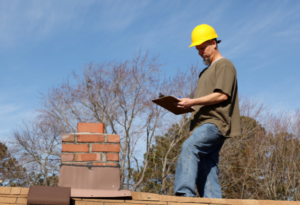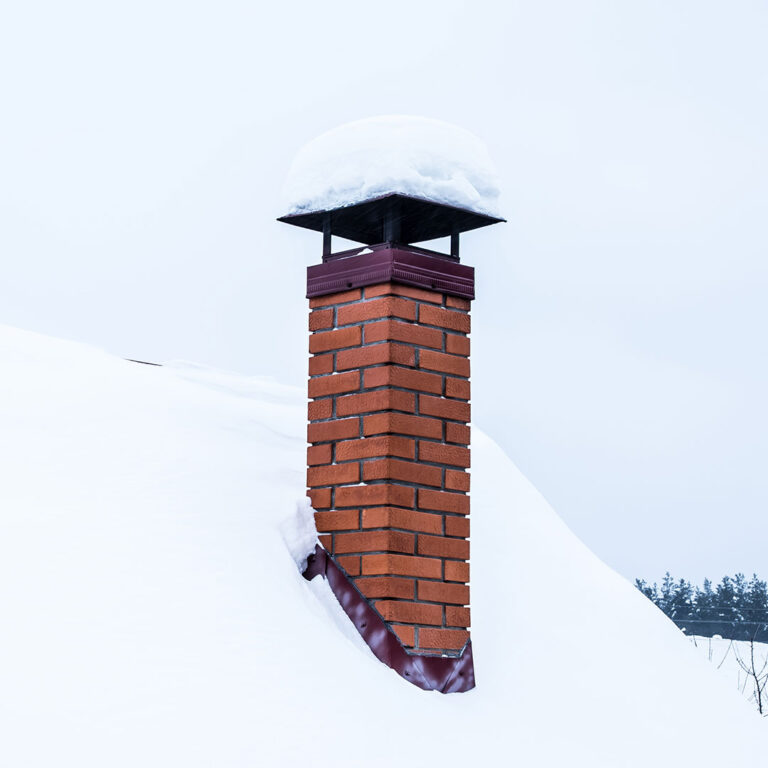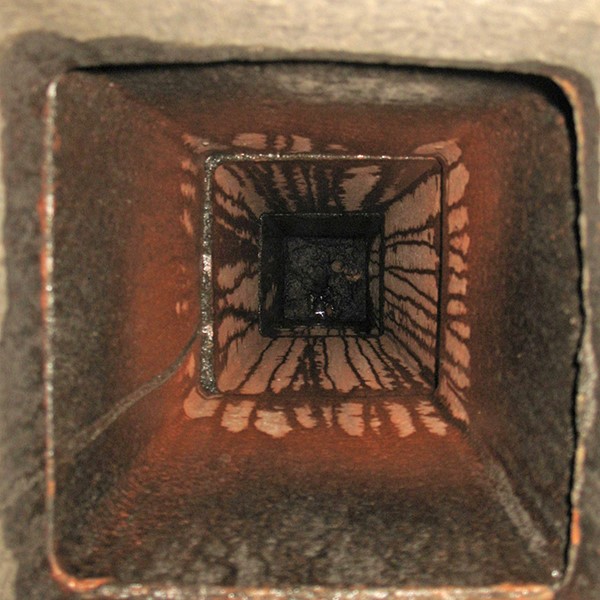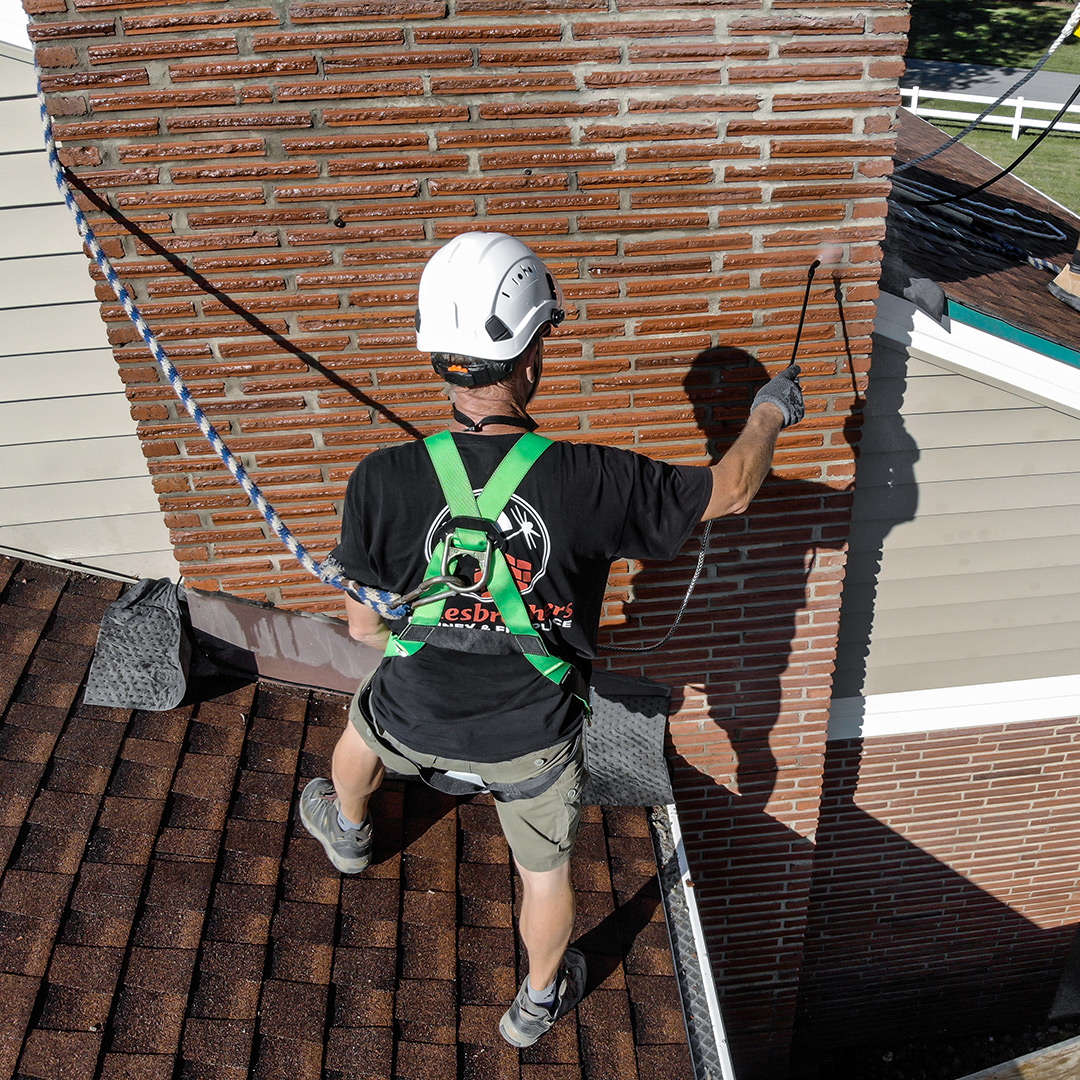My House Looks Like a Fireplace!

Installing a chimney smoke guard can be a crucial part of keeping your home safe during the winter. Have you ever been inside an old hut where ancient people used to live? If you have ever traveled Europe, you might’ve run across such huts called Skansen. Inside the Skansen are small fireplaces with handmade fireplaces and chimneys. A common problem the ancient people had was the toxic smoke getting stuck inside the house. The simplest way they removed the smoke was by keeping the doors and windows open. That method may have worked, and removed a decent amount of the smoke. But, it also got rid of the heat! Today, we have a more technologically based method to remove smoke from inside the home while also keeping the heat inside. Chimney smoke guards are often the solution.
Why Might You Need A Chimney Smoke Guard?
If you notice any smoke inside your home after lighting up the fireplace, you might be in need of a chimney smoke guard.
- Poor placement of the grate: One common cause of smoking problems is the improper placement of the grate in the firebox. If the grate is placed too far forward, it allows part of the fire to be too close to the front of the firebox. This can interrupt the flow of smoke up the chimney, leading to smoke entering the room.
- Oversized grate: An oversized grate can also cause smoking problems. When a large grate is used, it allows more firewood to be burned at once. This can result in a larger fire that is positioned too close to the front of the firebox, obstructing the proper flow of smoke.
- Partial obstruction of the flue: Another potential cause of smoking problems is a partial obstruction of the flue. Over time, debris such as raccoon, squirrel or bird nests, leaves, or creosote buildup can accumulate in the flue, restricting the passage of smoke. This blockage can force the smoke back into the room instead of allowing it to escape through the chimney.
How Can Chimney Smoke Guards Help?
Chimney smoke guards are efficient solutions to address a number of smoking problems in fireplaces. These guards are designed to improve the airflow and prevent smoke from entering the room. Properly positioning chimney smoke guards can create a barrier that redirects the smoke back up the flue. This helps to minimize smoke backup and ensures that the smoke is removed through the chimney. Using a chimney smoke guard can also help reduce the accumulation of soot on the face of the fireplace. By redirecting the smoke up the flue, it minimizes the chances of soot settling on the fireplace, keeping it clean for longer periods.
Need A Chimney Smoke Guard?
Installing a chimney smoke guard is a precise process that can be done by a Superior Chimney professional. It involves securing the guard near the lintel of the fireplace’s opening and ensuring it is properly aligned. It is more complex than it sounds, and chimney smoke guards are something that should be professionally installed. If the installation is done poorly, it can cause a worse smoking problem. Don’t let your home look like the inside of a Skansen! Call Superior Chimney today at 877-244-6349.
This post first appeared on https://www.superiorchimney.net






 How Do You Protect Your Chimney from Snow?
How Do You Protect Your Chimney from Snow? Water and Chimney Damage
Water and Chimney Damage Long-Term Cost Savings
Long-Term Cost Savings